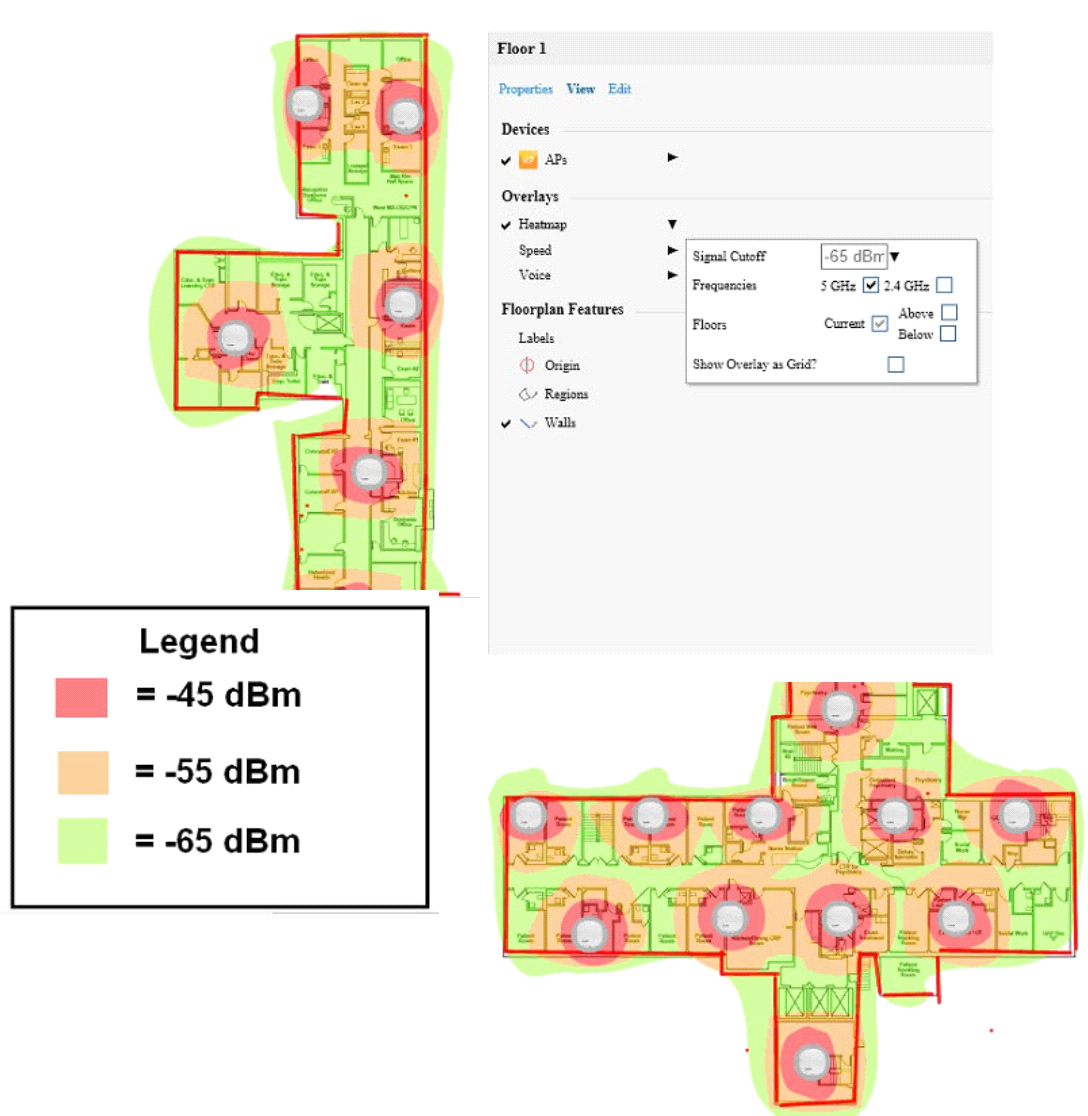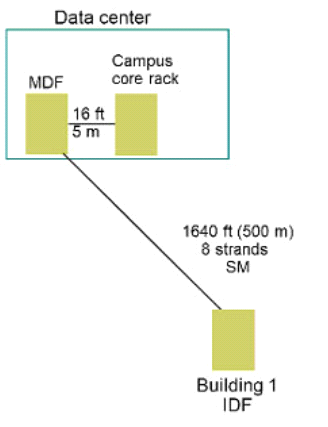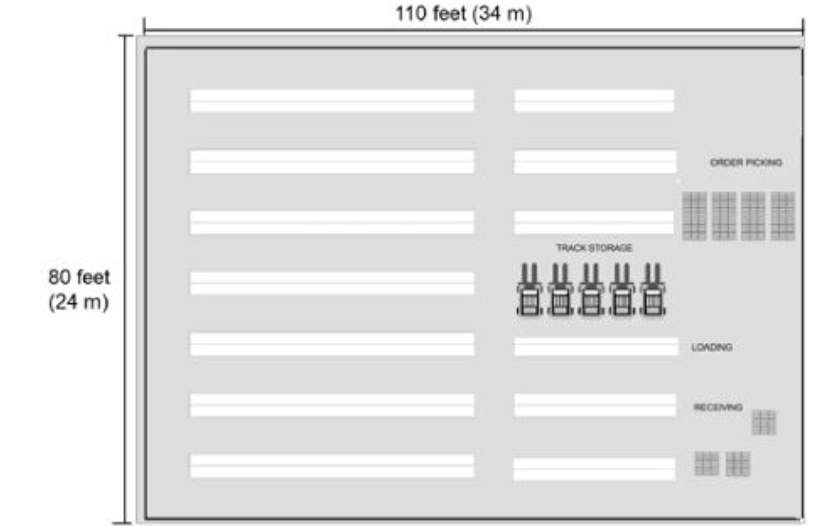HP Aruba Certified Design Expert Written HPE6-A80 Exam Practice Test
A company already has an Aruba wireless network The network currently consists of:
* oneMM-HW-1k
* two 7210 MCs in the network core
* two 721GMCsintheDMZ
* 200 AP-515S in Building 1 and Building 5
100 AP-515S each In Building 2r Building 3, and Building 4
The customer now wants to assess if it needs local Mobility controllers (MC) for any buildings:
- Building 1 is the main office building for the campus. It supports the highest number of APs. It connects to the
network core without an aggregation layer.
* Building 2 is further away from the Building i. and no roaming is provided between it and the other buildings its
access layer connects to the network cone with a pair of Aruba CX 6300M aggregation switches.
* Building 3 is further away from the other buildings, it connects to the network core without an aggregation layer.
The Guest SSID traffic should be tunnelled to the DMZ controllers
' Building 4 has its own local datacenter and Internet connection. The company would like it to be able to operate
completely autonomously if its aggregation layer loses connectivity with the core.
* Building 5 is further away from the other buildings, it connects to the network core without an aggregation layer.
This building has been assigned to a partner that would like to manage a dedicated SS1D using the shared AP infrastructure.
In which two buildings should the network architect plan local mobility controllers (MCs)? (Select two)
Answer : A, D
A retailer wants to add a wireless network to its stores to provide guest access. The store has wired POS systems which the customer will now replace with wireless systems.
The APs will he installed on the ceilings, which are about S feel (2.4 m) high.
What is one feature on the APs that can help the customer comply with PCI DSS?
Answer : B
Refer to the exhibit.

A hospital needs an upgrade to 802.1tax for its wireless network. The wireless network supports:
* wireless medical devices
* medical staff voice communicators
* laptops in nurse stations
* medical staff tablets
* visitor and patient personal devices.
All of these devices support both the 2 4GHz and 5GH2 band. Assuming about a max throughput on50 Mbps per AP; the hospital would like. The architect has used VisualRF to plan the AP placement on one of the floors, which the hospital expects will need to suppod about 800 win
to deploy APS in stairwells between floors.
How well does the plan meet the requirements?
Answer : C
A company has several remote sues that operate more or less autonomously. Each site has ns own local services and Internet connection However the company does have a main office with a few centralized resources that the company would like to make available to remote office employees over the Internet connection. Sites range in size and require between 10 and 20 APs.
The customer requires the most cost-effective solution that meets the requirements.
Which solution should the architect recommend for each remote site?
Answer : A
Refer to the exhibit.

Exhibit: A49.01114316-102
The architect has determined that this building requires two 10GPE links to the data center.
What is the correct transceiver type for the links?
Answer : C
Refer to the exhibit.


A customer needs to support resilient wireless services
What is one way that this design helps to minimize me impact of a railed access layer switch on these services?
Answer : A
Refer to the exhibit.

This warehouse has the dimensions shown in the exhibit. The warehouse is 20 feet (6 m) high up to a steel railing on the
celling. The shelves are about 16 feet (5m) high, and they hold large containers filled with fluid and metal equipment.
The customer needs consistent wireless coverage throughout the warehouse, mostly to support the tablets that
employees use to run Inventory tracking and other applications. The warehouse staff works in shifts of 20.
The architect has selected AP-515S. About how many APs should the architect propose?
Answer : C